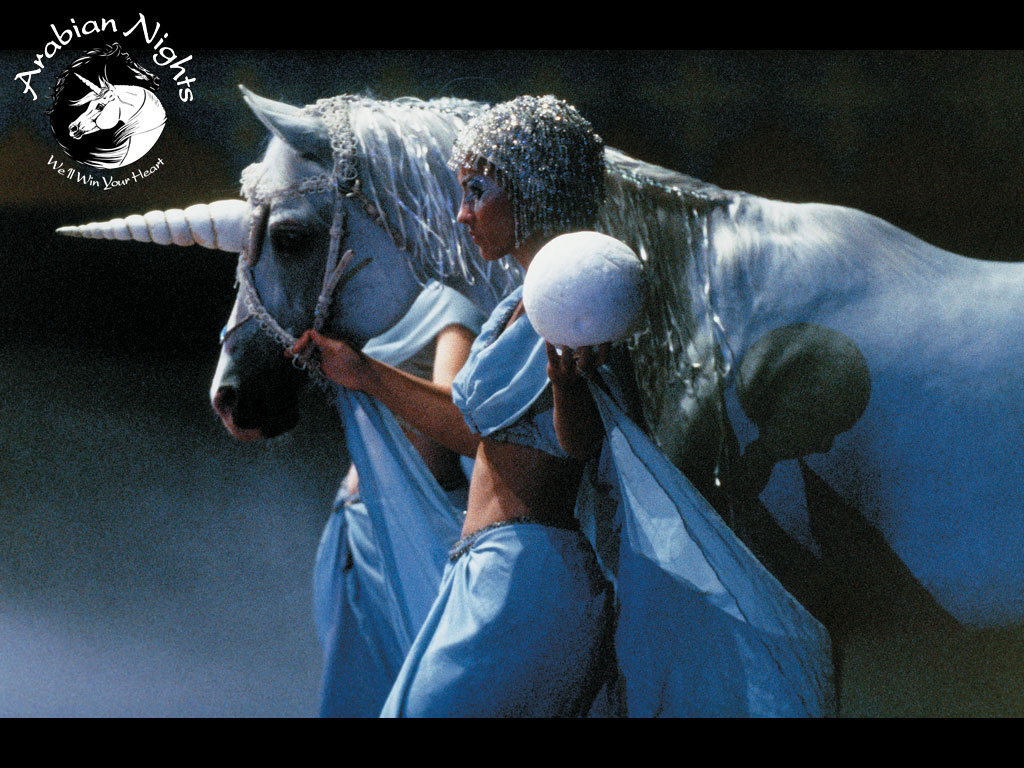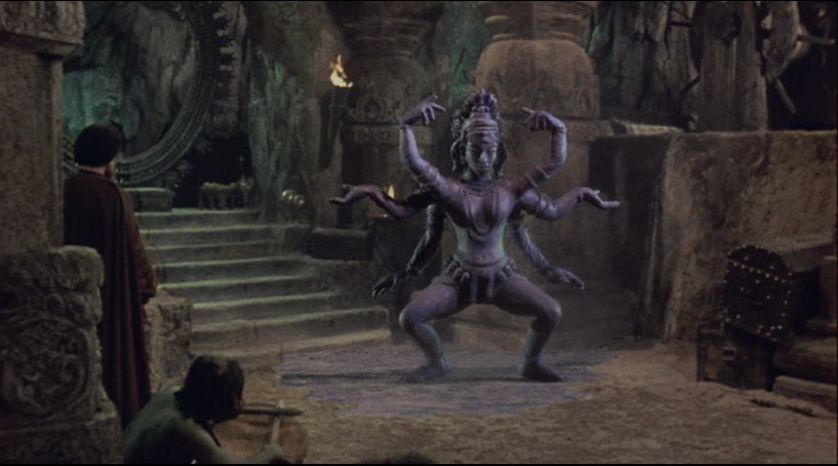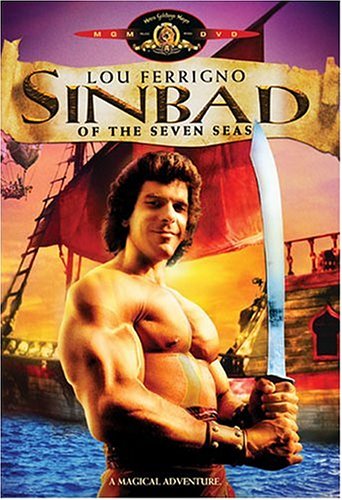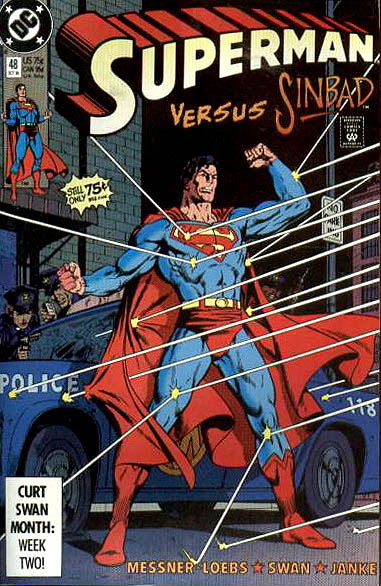70
Jack London’s Call of the Wild opens on a bucolic countryside with a protagonist who in many ways is much like myself. I mean, save for the fact that he’s a dog, there’s almost no difference. Yes friends, Buck is a Saint Bernard who’s been domesticated. He’s managed to scratch out for himself a pretty cushy life in California (I live elsewhere, but still). He’s well taken care of, a little soft around the edges, but when Buck gets sold to pay off a minor character’s gambling debt, the story takes off. You see Buck is so well taken care of that he has become physically quite impressive, again much like myself.

It is the Klondike Gold Rush and dogs that can be trained to pull the sleds are being bought and sold at a high premium. Buck is trained as a sled dog and eventually learns how to work and survive. There is a pretty vicious fight between Buck and the leader of the sled dogs and after a series of harrowing adventures quite a bond also develops between Buck and a wolf from one of the local wolf packs. It is probably no secret that Buck must constantly walk the line between domestication and the titular Call of the Wild and we, the readers, are ping-ponged back and forth between which path we think he might choose.

Despite most of the time being cute, animal stories are the foundation of many famous careers. Brian Jacques, Felix Salten, and Walt Disney to name a few, but Jack London’s career is actually quite an adventure tale as well, though it is possible that much of it is puffed up to make him seem more adventurous than he really was. Self-educated, London actually spent most of his time in a local tavern picking up odd jobs such as being an oyster pirate. He also participated in the famed Klondike gold rush in the Yukon where a lot of his most popular stories are set.

The other strange thing about The Call of the Wild and Jack London specifically is that he was often accused of plagiarism. The creepy thing is that this was not the only time London was accused of such an act. He was also accused of plagiarizing The Story of Ab for his prehistoric novel Before Adam. Even more disturbing is the fact that London did not even bother to deny these charges. In fact, he boldly stated that another book My Dogs in the Northland was “inspiration” for The Call of the Wild. It however appears to be more than inspiration as many of the dogs names are the same or similar and some of the scenes and sequences match up. Even some of the phrasing is the same. It’s possible that number seventy on our list should actually be My Dogs in the Northland by Edgerton Young instead of The Call of the Wild. That being said, London actually has the better book, so despite the fact that he kinda stole it. It remains where it is on our count down.

Note: Because its hero is a dog, The Call of the Wild is sometimes sold as a kiddy story or a young adult novel, but with its casual violence and vague allusions to the Joseph story from The Bible, Call of the Wild is actually quite grown up and a fine addition to any adventurer’s library.
Next up … number 69.









